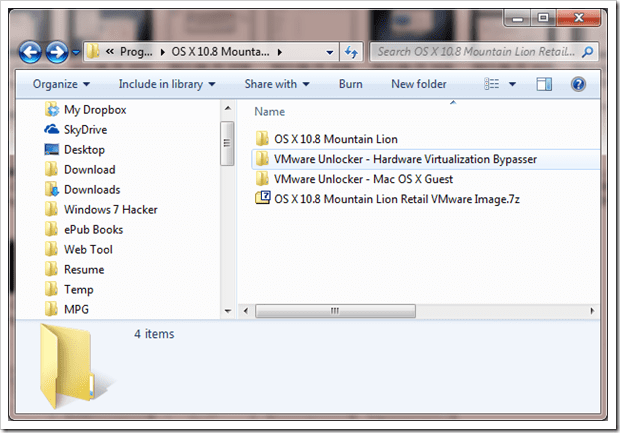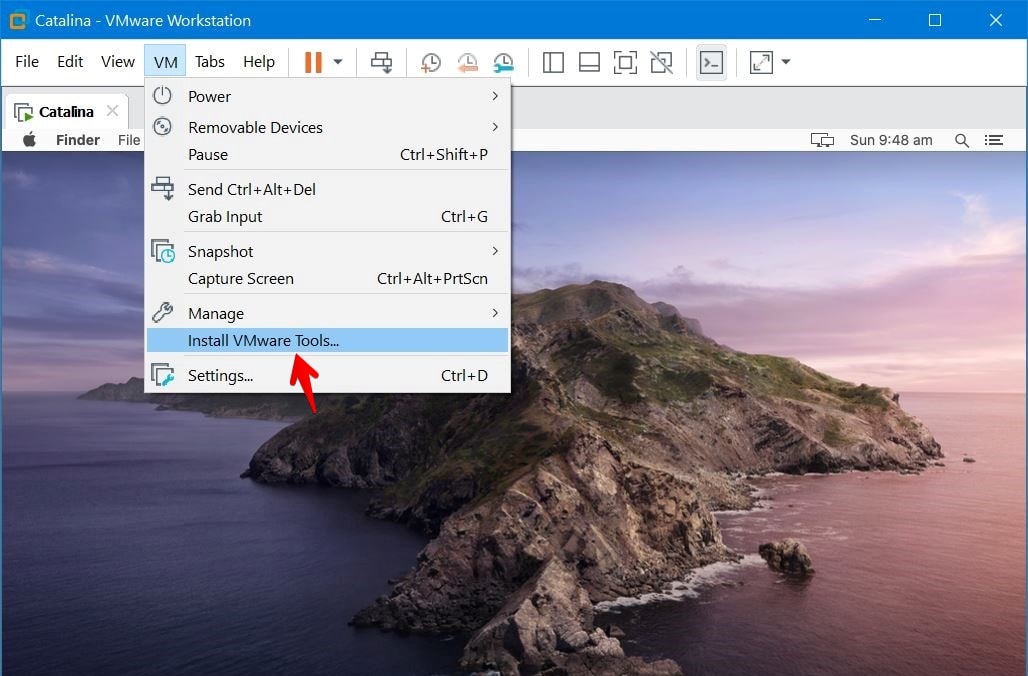
- VMWARE DARWIN.ISO MAVERICKS MAC OS X
- VMWARE DARWIN.ISO MAVERICKS PASSWORD
Now we click on the button 'Image…' next to the 'Source' field. In here, drag the disk you selected on the left that is now listed as 'Source' to the 'Destination field. Select the disk image of your virtual machine and go to the 'Restore' tab. If your disk image is visible in here, we're almost done. Once the volume has been mounted, you can verify everything is working by showing the contents of the mount volume by issuing the command 'ls -l mnt'. VMWARE DARWIN.ISO MAVERICKS PASSWORD
You are now requested for the password of the AFP user you use to mount the volume. This is done by issuing the command (by replacing ' myusername', 'myserver' and ' mysharedvolume' with you own data as noted above) ' mount_afp -i mnt' So once we have created our directory, we can mount the AFP share that host our disk image. There is always one as the system itself need to write certain files. If you see this ' mkdir: mnt: Read-only file system' you have to find another folder that is writable. Check that it is writeable by creating a folder using the command ' mkdir mnt'. We are now in the directory ' /var/root/Library/.Trashes'. So we cd into that directory by typing the command ' cd Library/.Trashes'. One directory that is writeable is the Trash. In order to do so, we need a writable directory. As we have to mount our server via command line, we need a folder to attach our mount to it. The line starting with 'inet' should now show a valid IP address. Once the terminal is running make sure we have an IP address by typing 'ifconfig'. From the 'Utilities' menu select 'Terminal'. Don't start the installation process!!! Remember: we want a virtualized copy of our physical server, not a new server. In this example I am using a bootable "OS X 10.9 Mavericks" but the same method works with other versions. The VM will now boot using the disk image supplied.  If everything is working, delete the old disk.
If everything is working, delete the old disk.  Rename the new disk by issuing the command ' vmkfstools -E NewName.vmdk OldName. vmdk ' as shown here VMware KB: Renaming a virtual machine disk (VMDK) via the vSphere Management Assistant (vMA) or vSphere CLI (vCLI)
Rename the new disk by issuing the command ' vmkfstools -E NewName.vmdk OldName. vmdk ' as shown here VMware KB: Renaming a virtual machine disk (VMDK) via the vSphere Management Assistant (vMA) or vSphere CLI (vCLI) 
Rename the old disk by issuing the command ' vmkfstools -E OldName.Detach both disks from the virtual machine.Restore the contents of the too small disk to the new disk using disk utility.Create a new Hard disk of the size you need.
VMWARE DARWIN.ISO MAVERICKS MAC OS X
VMware KB: Unable to extend a partition using the guest Disk Utility after extending disk of a virtual machine running Mac OS X The problem is that by using disk utility it is currently not possible to expand the size of the partition: VMware KB: Adding space to an ESXi/ESX host virtual disk You can do that using the command ' vmkfstools -x' as described here: As you all know, it is currently not possible to expand a disk (vmdk) with 'OS X' on it in esx so that you get more space.







 0 kommentar(er)
0 kommentar(er)
